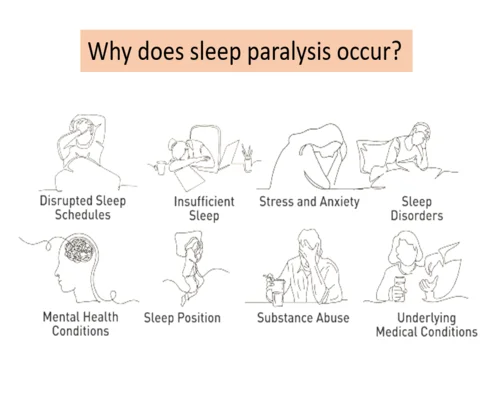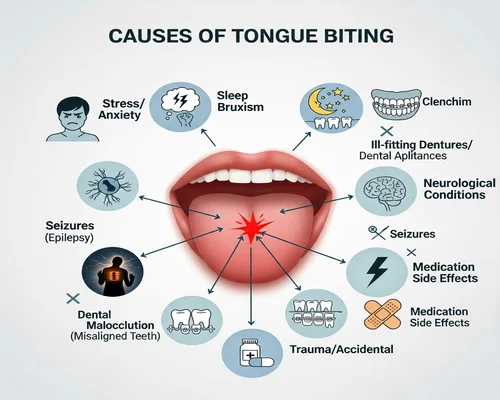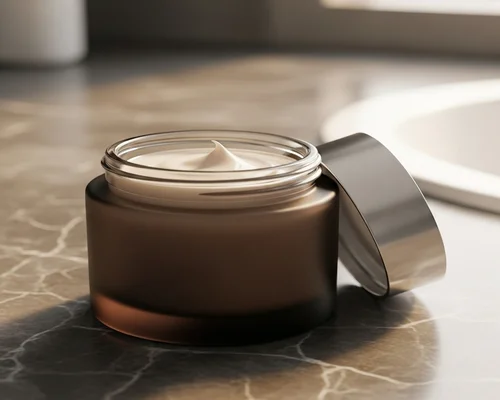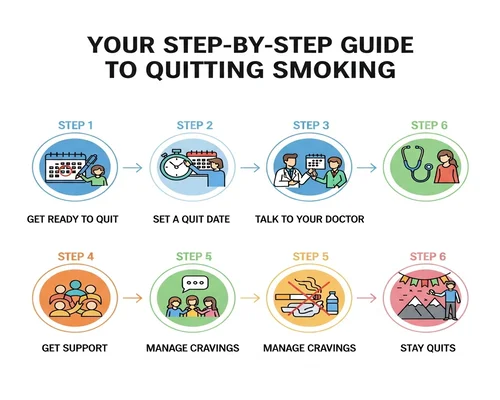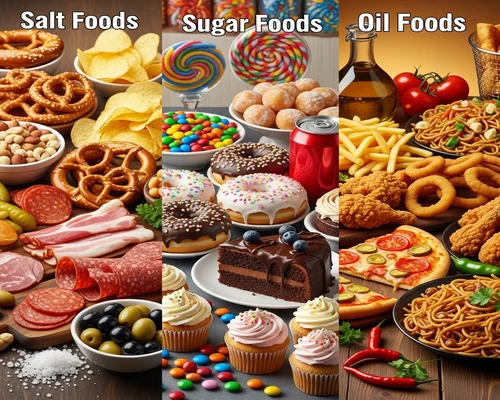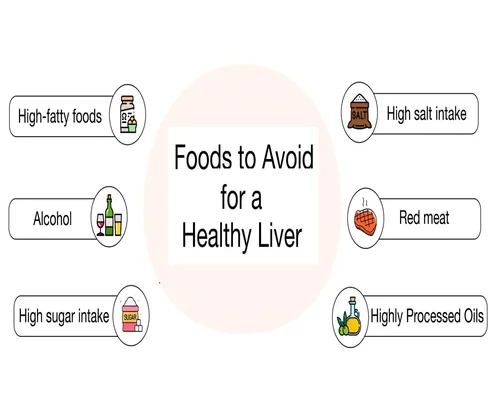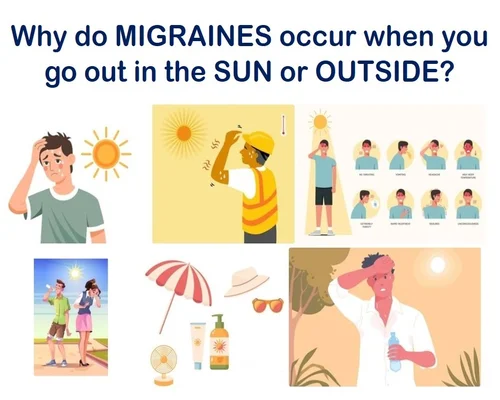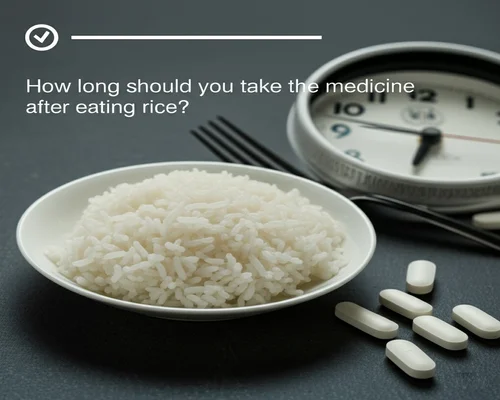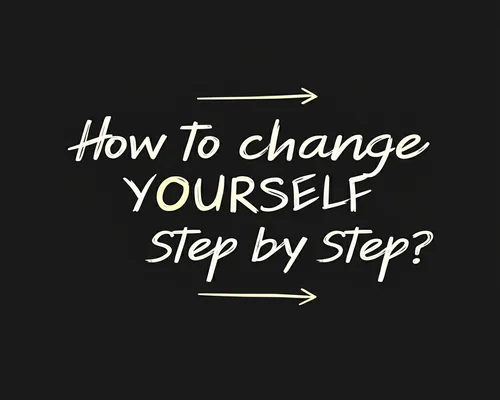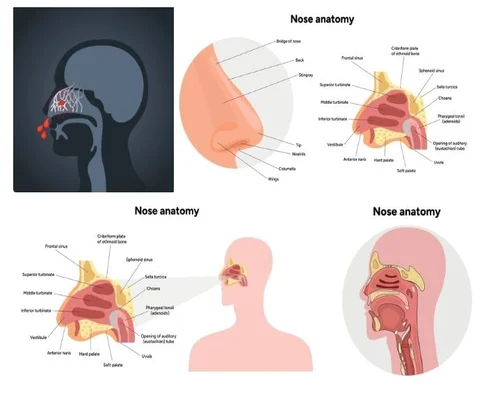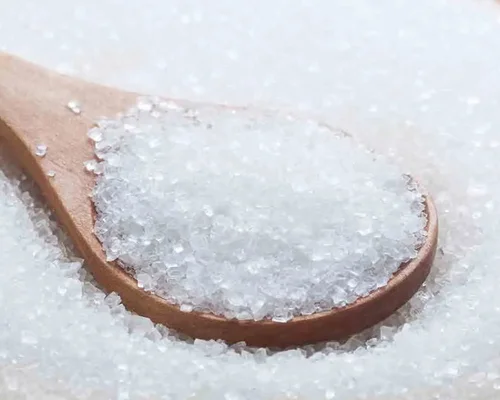
What do we mean by White Disease, is white disease contagious? Treatment and Remedies
What do we mean by white disease?
Many people think that Shweti is a contagious disease. Some mistake it as leprosy. On the other hand, many people think that it is a fatal and incurable disease. Socially, therefore, they want to stay away from these patients - fearing that they too may be affected by them.
Actually none of the above ideas are correct. None of the above assumptions are correct. In fact, it should not be treated as a disease. There is no scientific reason to give them a different view socially. Apart from just being unsightly, there are really no downsides. A white patient is as strong and capable as any other normal person in terms of physical, mental and sexual abilities.
What do we mean by white? The word shweti is derived from the word shweta, which means white, since the symptoms of white patients are white spots on different parts of the body, hence the name.
Why is white disease?
Why does this happen? The cells responsible for the color variations in each of our bodies are called melanocytes. These melanocyte cells produce a pigment called melanin and it is because of this melanin that some of us have white and some of us have black or brown skin.
A white patient has no melanocyte cells in the white spots, so melanin cannot be produced. However, the real reason is still unknown. But it is true that Shweti is not a congenital disease. The disease affects about 1 percent of people and can occur at any age, with 50 percent of cases occurring in people under 20 years of age. Most patients have no other disease. Moreover, in some patients, other diseases may coexist. Such as thyroid gland disease, a type of anemia, Addison disease, hair loss in limited areas etc. 30% of cases are associated with thyroid gland disease.
It is observed that about 10% to 30% of patients have other relatives with the same disease, even though the affected relatives are distant relatives. Less than 10 percent of cases are passed from parents to children for genetic reasons. Some women may develop these spots due to pressure on their petticoats. Moreover, it can also occur in areas of friction such as knees, elbows, ankles, etc. or in trauma-prone areas. The shoe may be under the strap of the sandal. Chemicals such as plastic or rubber used in them may be responsible in this case. Other diseases can spread rapidly. However, the cause remains unknown in a significant number of patients.
Treatment and Remedies
As I have already mentioned that a white patient is physically and mentally healthy except for cosmetic problems, so the patient himself will decide whether to get treatment for these scars. On the other hand, the popular belief that scarring cannot be stopped in this disease is not correct. Scars can heal with proper treatment. The first thing to do is to avoid all the materials or factors that are responsible for scarring such as sandals, gloves, rubber or other plastic products, trauma or stress. There is no restriction on food.
------
tags-white disease,
symptoms of white matter disease,
early signs of white matter disease,
treatment for white matter disease,
white matter disease at 30,
can you die from white matter disease,
white matter disease and headaches,
what causes white matter disease




